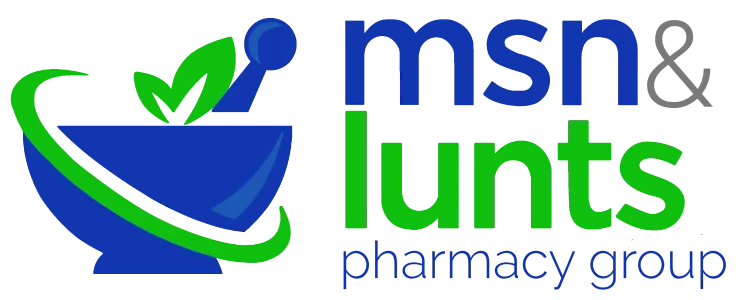
There are a number of criteria for diagnosing brain death.
For a diagnosis of brain death:
Before testing for brain death can begin, doctors must carry out a series of checks to ensure that the symptoms are not being caused by other factors, such as:
Once these have been ruled out, tests are carried out to confirm brain death.
The diagnosis of brain death has to be made by 2 doctors, and at least 1 of them must be a senior doctor. Neither of them can be involved with the hospital's transplant team.
The doctors will explain the tests to you and keep you informed about your loved one's condition at all times.
The doctors will run a series of tests. Both doctors have to agree on the results for a diagnosis of brain death to be confirmed.
The tests are carried out twice to minimise any chance of error.
The tests used to determine brain stem death are:
Brain death is diagnosed if a person fails to respond to all of these tests.
Occasionally, a person's limbs or torso (the upper part of the body) may move after brain stem death.
These movements are spinal reflexes and do not involve the brain at all. They will not change the diagnosis of brain death.
